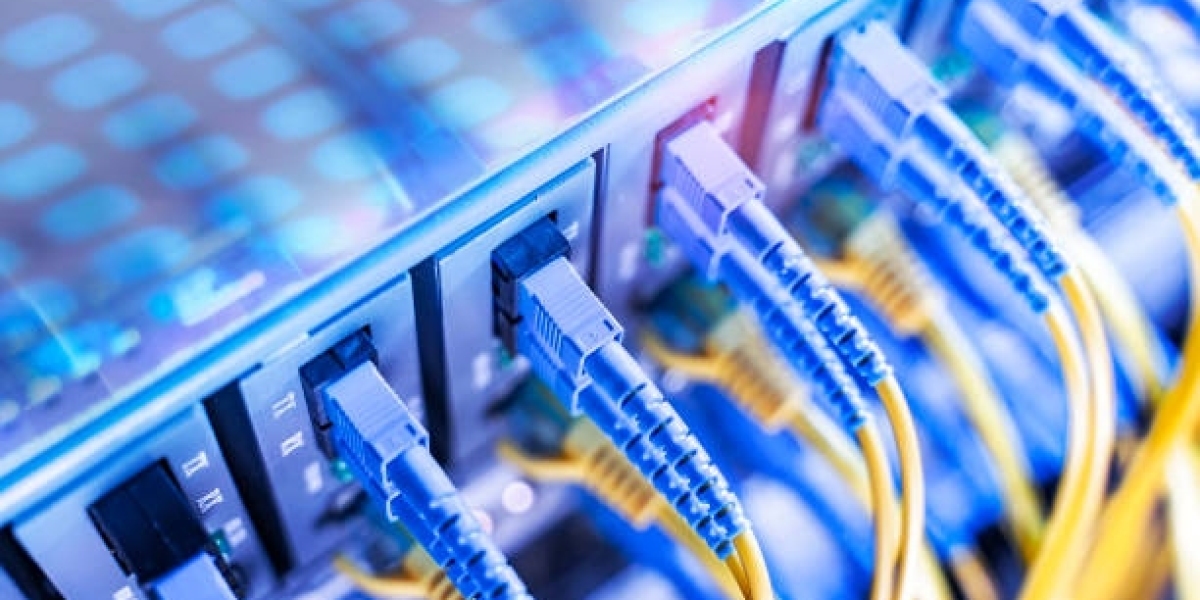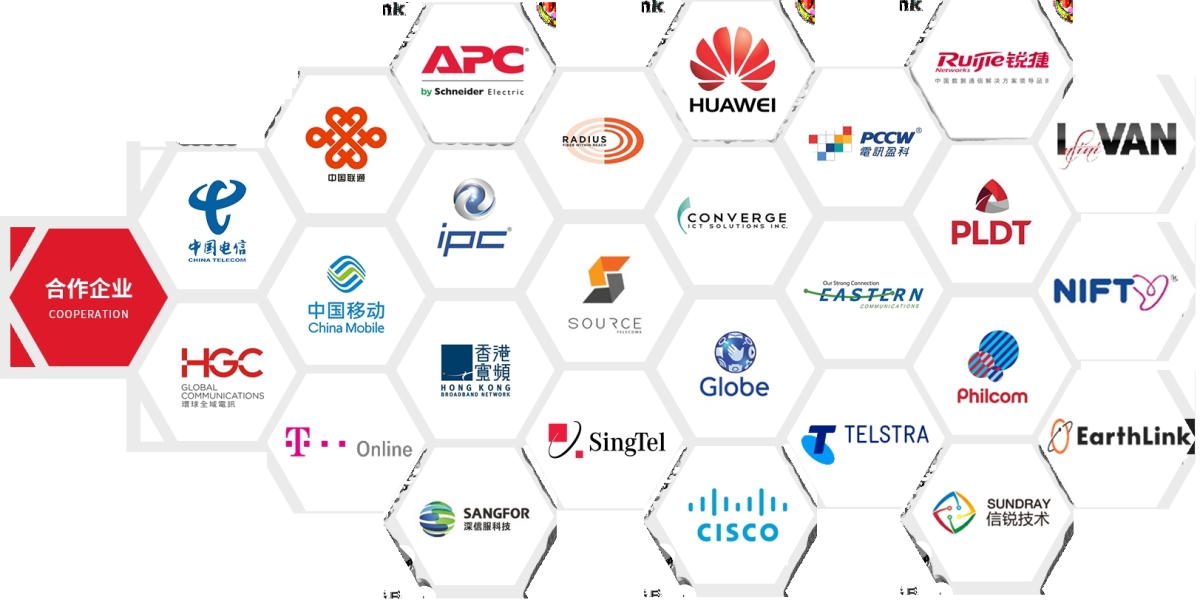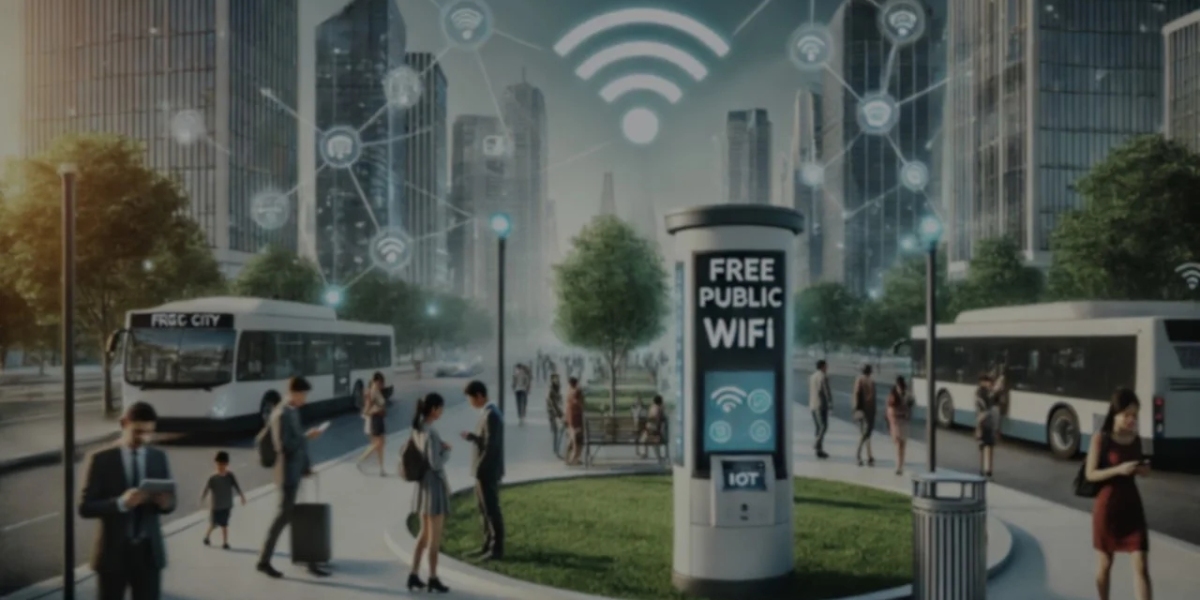? What is Fiber Optic Technology?
Fiber optics (or optical fiber) refers to the transmission of data using pulses of light through strands of glass or plastic fiber. These fibers are incredibly thin — about the diameter of a human hair — but can carry gigabits of data per second over long distances with minimal signal loss.
Each fiber optic cable contains:
Core: The inner glass strand where light travels.
Cladding: A reflective layer that keeps light contained within the core.
Buffer Coating: A protective outer layer that shields the fiber from damage.
⚙️ How Does It Work?
Fiber optic systems work by sending light signals — usually from a laser or LED — through the core. These light pulses represent binary data (1s and 0s), which is then interpreted by a receiver at the other end.
Thanks to the total internal reflection principle, the light beams bounce along the core with very little signal degradation, even across many kilometers. This makes fiber optics highly efficient for long-range communication.
✅ Key Advantages of Fiber Optics
Ultra-High Speed
Fiber connections can support speeds from 100 Mbps to over 1 Gbps, and even 10 Gbps+ in advanced systems.
Unlike copper cables, fiber does not throttle speed over distance.
Low Latency
Faster response times are crucial for activities like online gaming, remote work, stock trading, or video conferencing.
Fiber's low-latency nature ensures smooth real-time communication.
Greater Bandwidth
Fiber optic cables can carry significantly more data than DSL or cable, accommodating multiple devices simultaneously without slowdowns.
More Reliable
Less susceptible to electromagnetic interference, heat, and weather conditions.
Unlike traditional coaxial or copper lines, fiber optics don't corrode or degrade easily.
Future-Proof Technology
With the global shift toward smart homes, IoT, and 5G integration, fiber provides the foundation for next-gen connectivity.
? How Does Fiber Optic Internet Reach Your Home?
Most modern providers (like Suniway in the Philippines) use FTTH – Fiber to the Home architecture. Here's how it works:
Central Office (CO): Sends internet signal via fiber trunk lines.
Distribution Node: Splits signals to serve neighborhoods.
Fiber Drop Cable: Connects the distribution box to your residence.
Optical Network Terminal (ONT): A device inside your home that converts light signals into usable internet.
From there, you connect your Wi-Fi router to the ONT — and enjoy blazing-fast fiber internet throughout your home.
? Real-World Applications of Fiber Optics
Residential Internet: Fast streaming, online education, smart home integration.
Business Networks: Secure, scalable, and fast data transmission for enterprises.
Telecommunications: Backbone of mobile networks and international communication.
Healthcare: Real-time data transmission in surgeries, diagnostics, telemedicine.
Military & Aerospace: Secure, interference-free communication.
? Why Fiber is the Future
With data consumption growing exponentially — from video content to cloud services and virtual reality — only fiber optics offer the capacity and speed to keep up. Governments and companies worldwide are investing in fiber rollouts, and in many countries, copper lines are being phased out altogether.
In the Philippines, providers like Suniway are playing a crucial role in expanding fiber coverage, even in suburban and rural areas, bringing global-grade connectivity to Filipino households.
? In Summary
Fiber optic technology is no longer just a premium option — it’s the essential infrastructure for modern digital life. It’s faster, cleaner, more reliable, and ready for the future.
Whether you're working remotely, running an online business, or just watching Netflix with your family, fiber is the connection you can count on.









